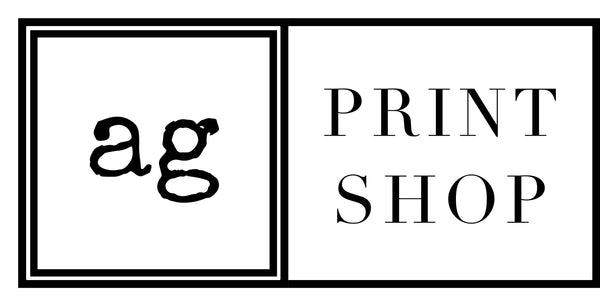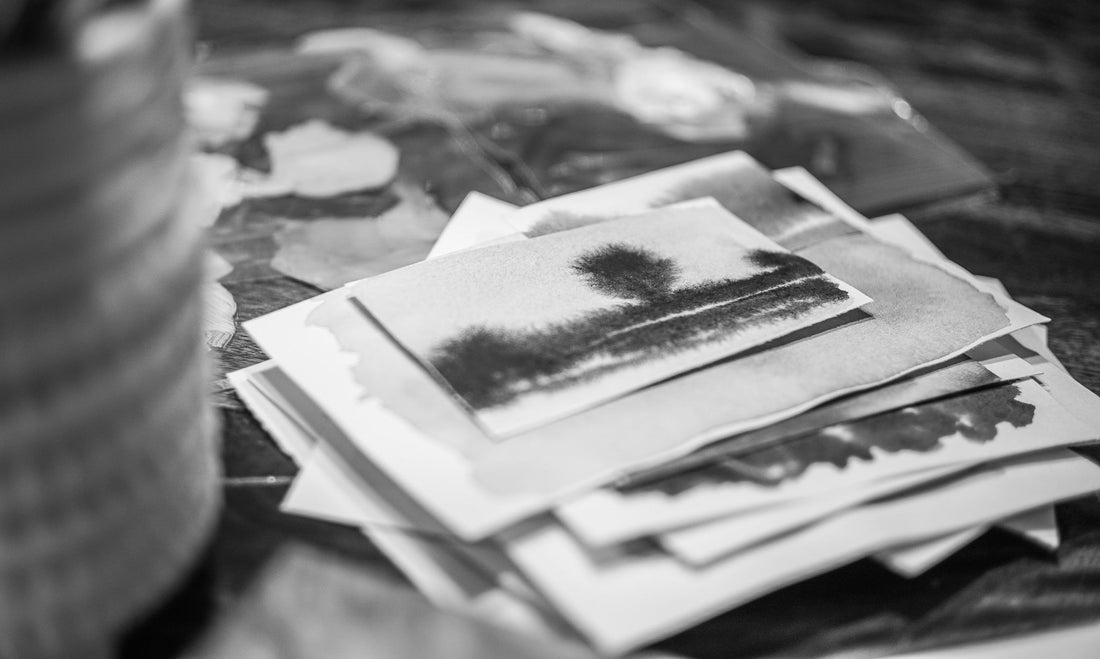Throughout human history, art has been more than an expression of beauty—it has been a tool for healing, restoration, and connection. From ancient rituals to modern-day art therapy, cultures across the globe have long recognized the power of creativity to mend the spirit.
The relationship between art and healing can be traced back thousands of years. In Ancient Egypt, artwork was believed to carry spiritual energy. Hieroglyphs and symbolic paintings adorned tombs not only to honor the dead but also to guide their souls into the afterlife, offering comfort to the living and the departed alike (Hornung, The Secret Lore of Egypt, 2001).
Similarly, Indigenous peoples across North America used art in the form of sand paintings, masks, and body designs during healing ceremonies. The Navajo, for instance, employed intricate sand paintings as part of rituals intended to restore balance and harmony to an ailing individual (Witherspoon, Language and Art in the Navajo Universe, 1977).
During the European Renaissance, art was closely tied to medicine. The Italian physician Marsilio Ficino (1433–1499) wrote about the therapeutic effects of music, poetry, and visual imagery, suggesting that beauty itself could uplift the soul and heal melancholy (Three Books on Life, 1489). Renaissance patrons often commissioned religious and allegorical art for hospitals, believing that exposure to uplifting imagery could aid physical recovery.
One striking example is the frescoes of the Ospedale degli Innocenti in Florence, designed by artists like Andrea della Robbia. These works served both as spiritual inspiration and as comfort for the sick and orphaned who lived within the hospital’s walls.
In the 20th century, the connection between art and healing entered the medical and psychological fields more formally. British artist and educator Adrian Hill, who coined the term art therapy in 1942, observed that drawing and painting while recovering from tuberculosis had profound emotional benefits (Art Versus Illness, 1945). Soon after, art therapy became recognized as a professional discipline, helping patients process trauma, anxiety, and illness through creative expression.
Today, research continues to affirm what ancient cultures intuited: art has measurable healing power. Studies published in the Journal of the American Art Therapy Association have shown that creating art reduces cortisol levels (the body’s stress hormone) and fosters resilience in patients facing illness or trauma. Hospitals and wellness centers around the world now integrate art programs, murals, and patient-centered creative spaces as part of holistic care.
From the sands of Navajo healing ceremonies to the frescoed walls of Renaissance hospitals, art has always been more than decoration. It is a balm for the spirit, a bridge between the physical and the emotional, and a timeless medicine for the human soul.
By engaging with art—whether creating it or experiencing it—we tap into a lineage of healing practices that remind us of our capacity for renewal, hope, and connection.
Sources Cited
Hornung, Erik. The Secret Lore of Egypt. Cornell University Press, 2001.
Witherspoon, Gary. Language and Art in the Navajo Universe. University of Michigan Press, 1977.
Ficino, Marsilio. Three Books on Life. 1489.
Hill, Adrian. Art Versus Illness. George Allen & Unwin, 1945.
Journal of the American Art Therapy Association. Various issues.

